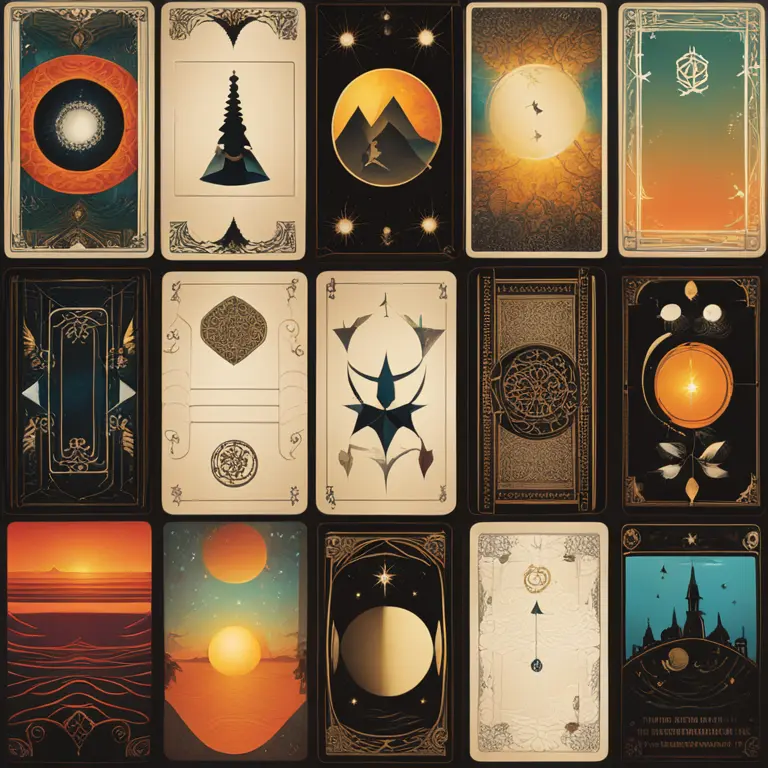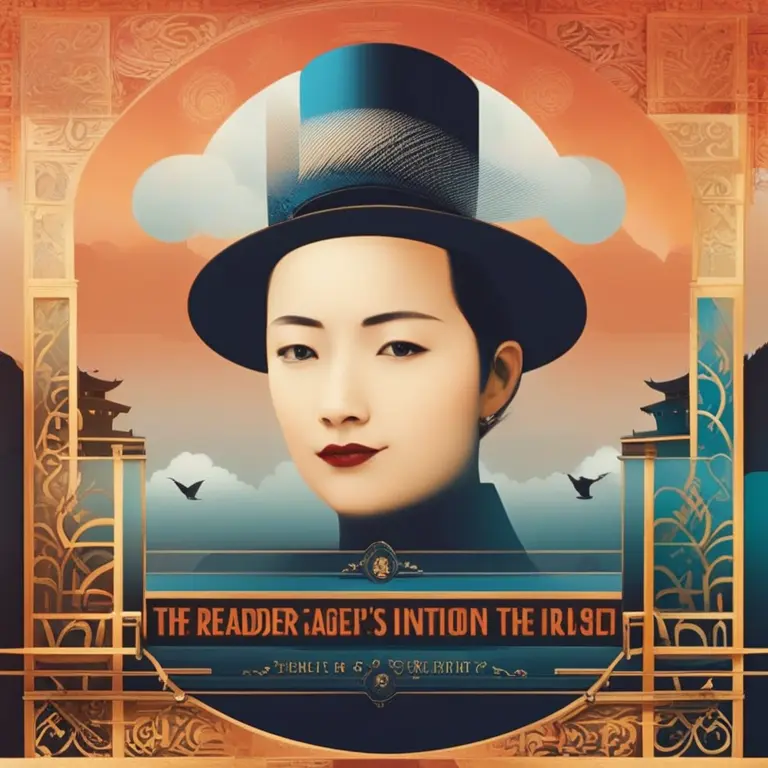
Introduction to Tarot Mystique
Tarot card readings have been a subject of fascination and skepticism for centuries. Originating in the mid-15th century, these enigmatic cards have been used for playing games, meditation, and divination. In modern times, the practice of reading tarot cards has surged in popularity, leaving many to ponder the age-old question: Are tarot card readings true? This article delves into the complex world of tarot, examining its legitimacy through various lenses to provide a deeper understanding of the phenomenon.

The Symbolic Language of Tarot
At the heart of tarot readings lies a rich tapestry of symbols and archetypes. Each card in the tarot deck represents a specific concept, emotion, or situation that transcends cultural and temporal boundaries. When a reader lays out the cards, they are interpreting an intricate language of symbols to convey a narrative. This process does not claim to predict the future with certainty but offers a reflection of the present moment through the symbols' resonance with the querent's life and psyche.

The Role of the Reader's Intuition
The accuracy of a tarot reading often hinges on the reader's intuition and ability to connect with the querent on a subconscious level. A skilled tarot reader uses their intuitive understanding of the cards in tandem with their empathetic engagement with the querent to provide readings that many find resonant and meaningful. As a result, the "truth" of a tarot reading may lie more in the personal insights it provokes rather than in objective predictions.
Psychological Reflection and Self-Awareness
Tarot readings can also be seen as a tool for reflection and self-discovery. For some, the cards serve as a mirror, revealing underlying thoughts, feelings, and motivations. This psychological aspect of tarot can lead to heightened self-awareness and clarity, offering valuable guidance as much as spiritual or mystical insight. The true nature of a tarot reading, in this regard, lies in its ability to facilitate a deeper understanding of oneself and one’s path.
Tarot Readings and the Unconscious Mind
Many believe that tarot readings tap into the collective unconscious, a term coined by psychiatrist Carl Jung. According to this view, the images and symbols of the tarot connect with the archetypes present in the collective unconscious, which might explain the relevancy and profound impact that some readings have. In this context, the "truth" in tarot could be the expression of a universal inner reality shared across humanity.
Skepticism and Scientific Perspective
From a strictly scientific perspective, tarot card readings hold no empirical basis for predicting the future. Critics argue that the practice is subject to cognitive biases like the Forer effect and confirmation bias, which can lead individuals to believe in the accuracy of vague and general statements. These biases can lend an illusion of truth to the readings, despite the lack of scientific evidence supporting the validity of tarot as a divinatory tool.
The Personal Dimension of Tarot Veracity
In the end, the question of whether tarot card readings are true may boil down to personal belief and experience. Each reading is subjective and can vary significantly based on the individual's reception and interpretation. As with many spiritual or mystical practices, the measure of "truth" in tarot is less about external validation and more about the personal value and meaning one derives from the experience.
Published: 1/17/2024
Modified: 1/17/2024
More predictions
Come back here soon to learn more about yourself and your future


The Astrology Houses Full Guide
Discover the significance of astrology houses and their connections to different life stages through our comprehensive age guide.


The Guide to Astrology Houses and Their Rulers
Discover the significance of astrology houses and their ruling planets in this comprehensive guide to the foundations of astrological interpretation.


The Varied Dimensions of Astro Houses
Discover the intricate dimensions of astrological houses and their differing sizes in the zodiac wheel, shaping personal astrology profiles.